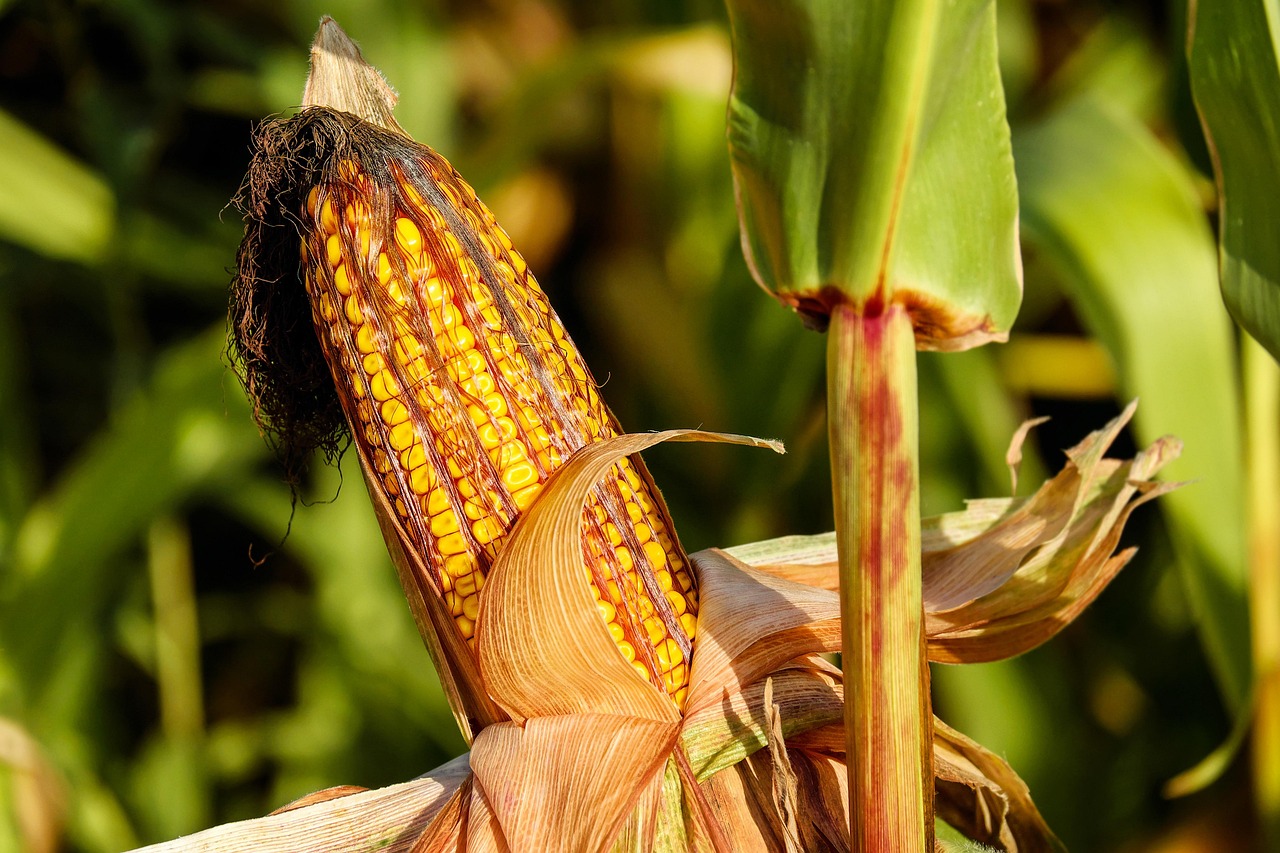Methane is a big problem because it is a much more dangerous greenhouse gas than carbon dioxide. Many people think that methane is only produced by livestock, but one of the biggest sources of methane is landfills. A fifth of global methane emissions come from landfills. Methane leaks from landfills were investigated by scientists at the Netherlands Institute for Space Research. The study was published in the journal Science Advances.
Landfills are a bigger problem than thought
Most people know that landfills are bad for the environment, but until now it was not known that they produce such enormous amounts of methane. Scientists investigated methane leakage from landfills in 4 major cities.
The researchers stated “We use the global surveying Tropospheric Monitoring Instrument (TROPOMI) to identify large emission hot spots and then zoom in with high-resolution target-mode observations from the GHGSat instrument suite to identify the responsible facilities and characterize their emissions. Using this approach, we detect and analyze strongly emitting landfills (3 to 29 t hour−1) in Buenos Aires, Delhi, Lahore, and Mumbai. Using TROPOMI data in an inversion, we find that city-level emissions are 1.4 to 2.6 times larger than reported in commonly used emission inventories and that the landfills contribute 6 to 50% of those emissions.”

“Methane is odorless and colorless, so leaks are notoriously difficult to detect,” lead author Bram Maasakkers said in a statement. “But satellites are ideally suited for this. We detected super-emitters that pump large amounts of methane into the atmosphere. That is painful to watch as you can solve it with relatively little effort.”
The number of landfills will increase in the future
Next to carbon dioxide, methane is the largest contributor to the greenhouse effect. It has a great potential to accelerate global warming, and that is why people should make efforts to release as little of it into the atmosphere as possible. It is 30 times more dangerous than carbon dioxide per ton. Most governments and scientists are trying to pay attention to reducing fossil fuel emissions. Unfortunately, enough attention is no longer paid to methane emissions. As the population continues to increase, it is predicted that the number of landfills could double by 2050. This will lead to huge methane emissions and a big impact on the environment. Research on individual landfills has shown how dangerous they are, for example, a landfill in Buenos Aires emits 28 tons of methane per hour. In comparison, this amount has the same impact as 1.5 million cars.
“Methane has a lifetime of only about 10 years in the atmosphere, so if we act now, we will quickly see results in the form of less global warming. Of course, reducing methane emissions is not enough, we also need to limit CO2, but it does slow down near-term climate change,” Maasakkers said in a statement.
This issue deserves more attention
Unfortunately, not all countries are making sufficient efforts to address the amount of methane emissions. Last year, more than 100 countries agreed to reduce methane emissions by 30% by 2030 compared to 2020 levels. The two biggest methane polluters are India and China. None of these countries signed the pledge. Methane emissions need to be given more attention because they can significantly accelerate global warming.
Resources:
https://www.science.org/doi/10.1126/sciadv.abn9683
Image credit: Netherlands Institute for Space Research, Pixabay.com





